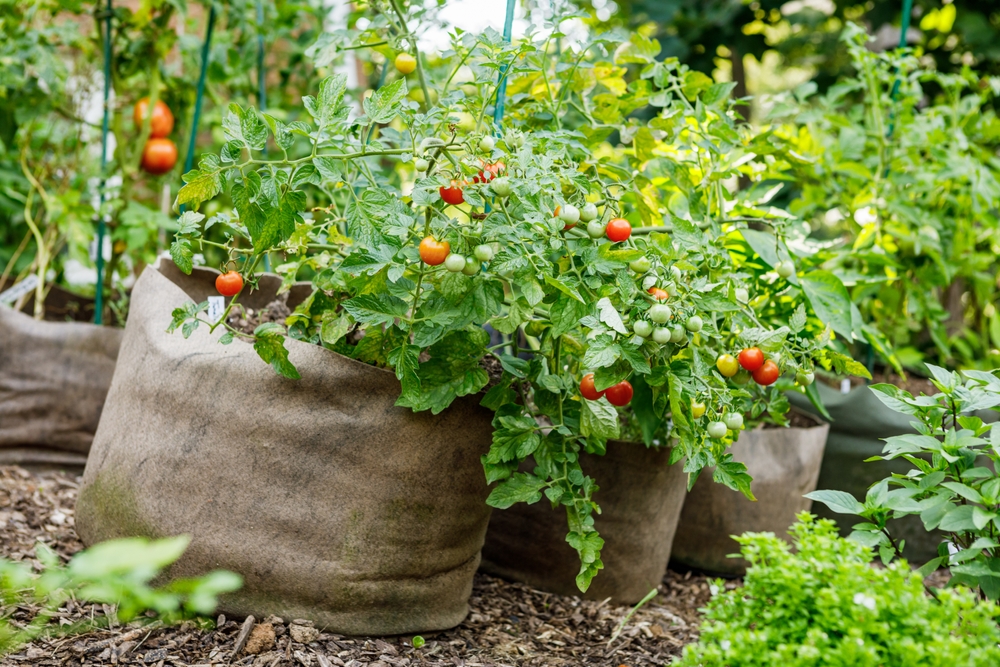Growing your own vegetables is not only a rewarding hobby but also a powerful way to improve your diet and overall health. Many vegetables that are rich in essential nutrients can be grown easily at home, even if you have limited space or gardening experience. This guide introduces eight of the healthiest vegetables you can grow and provides clear and simple steps to help you cultivate them with success.
1. Spinach
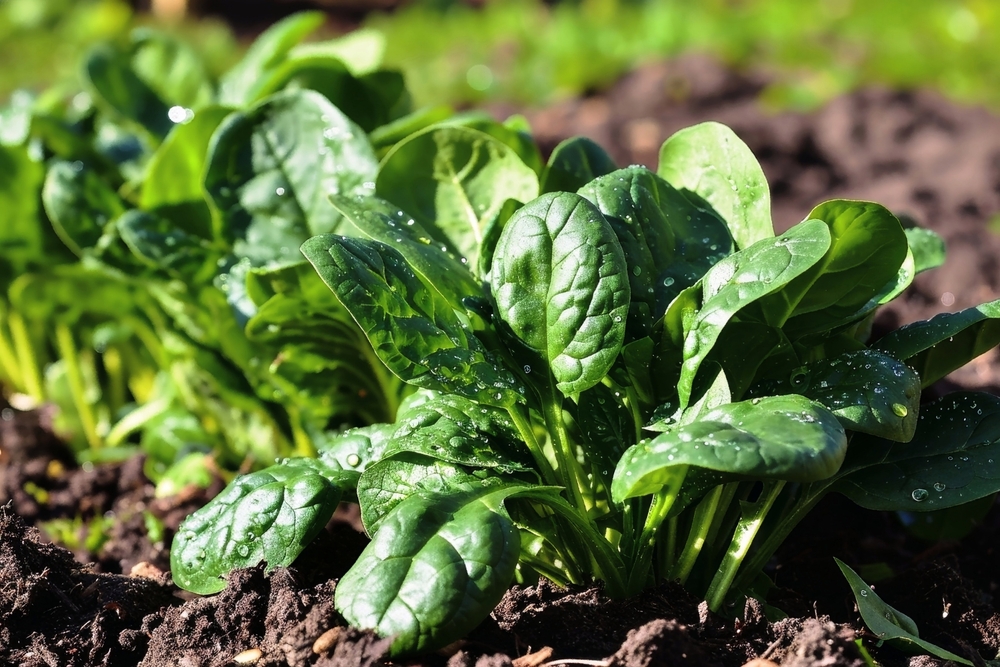
Spinach is a leafy green packed with vitamins A, C, and K, as well as iron, calcium, and fiber. It supports immune function, bone health, and heart health.
Growing Tips
Spinach grows best in cool weather, so plant it in early spring or fall. It prefers well-drained, fertile soil and full sun to partial shade. Sow the seeds directly into the soil about half an inch deep and keep the soil moist. Harvest baby spinach leaves after about 30 days or wait 45 to 60 days for mature leaves. Regular harvesting encourages continuous growth.
2. Carrots
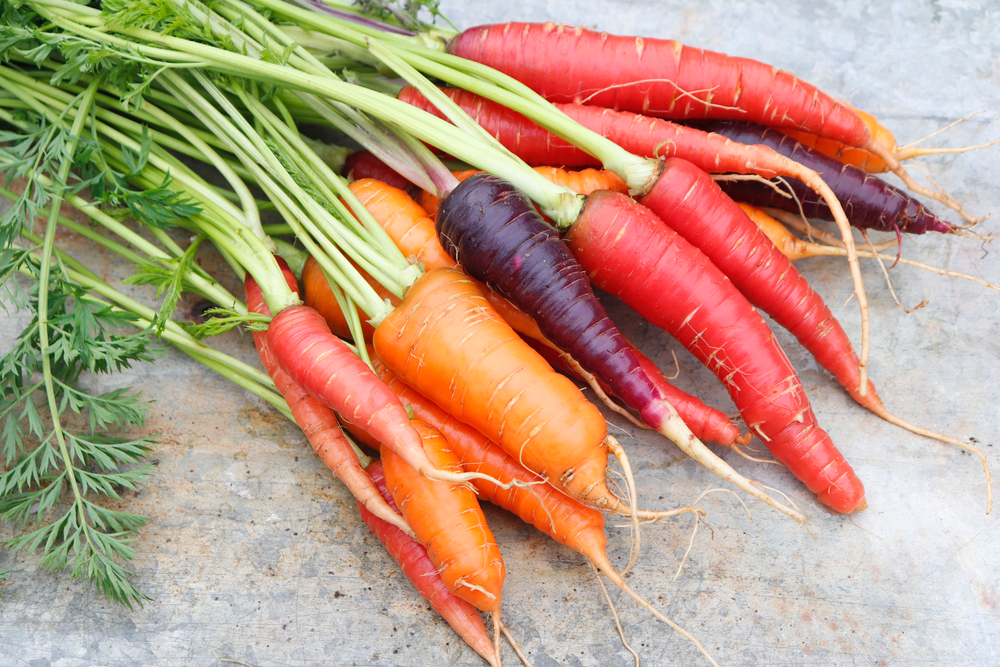
Carrots are an excellent source of beta-carotene, which the body converts into vitamin A. They also provide fiber, potassium, and antioxidants that promote vision and skin health.
Growing Tips
Carrots grow best in loose, sandy soil that is free of stones. Plant the seeds about a quarter inch deep and thin them once they sprout to allow proper spacing. They prefer full sun and consistent watering. Depending on the variety, carrots are ready to harvest in 60 to 80 days. Tug gently from the base of the stem when pulling them up to avoid breaking the root.
3. Kale
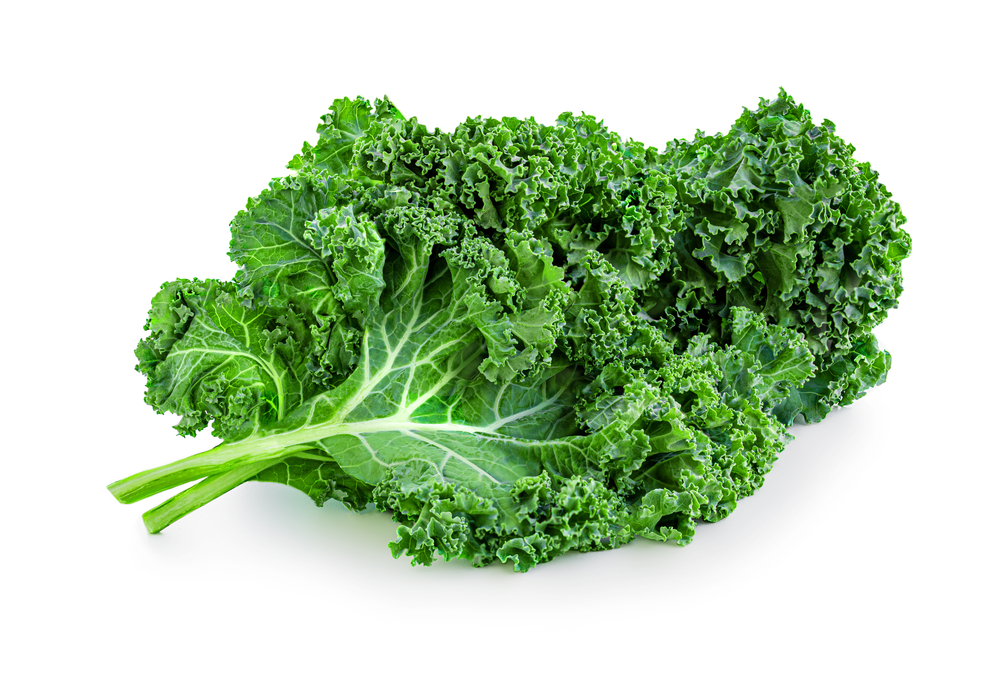
Kale is one of the most nutrient-dense vegetables, offering high levels of vitamins K, A, and C, along with fiber and powerful antioxidants. It may reduce the risk of chronic diseases including heart disease and cancer.
Growing Tips
Kale is hardy and thrives in cooler temperatures. Sow seeds directly in the garden or start indoors and transplant. It requires full sun and well-drained, nutrient-rich soil. Water regularly and remove any yellowing leaves. You can start harvesting outer leaves when they reach about the size of your hand. The plant will continue to produce more leaves throughout the season.
4. Tomatoes
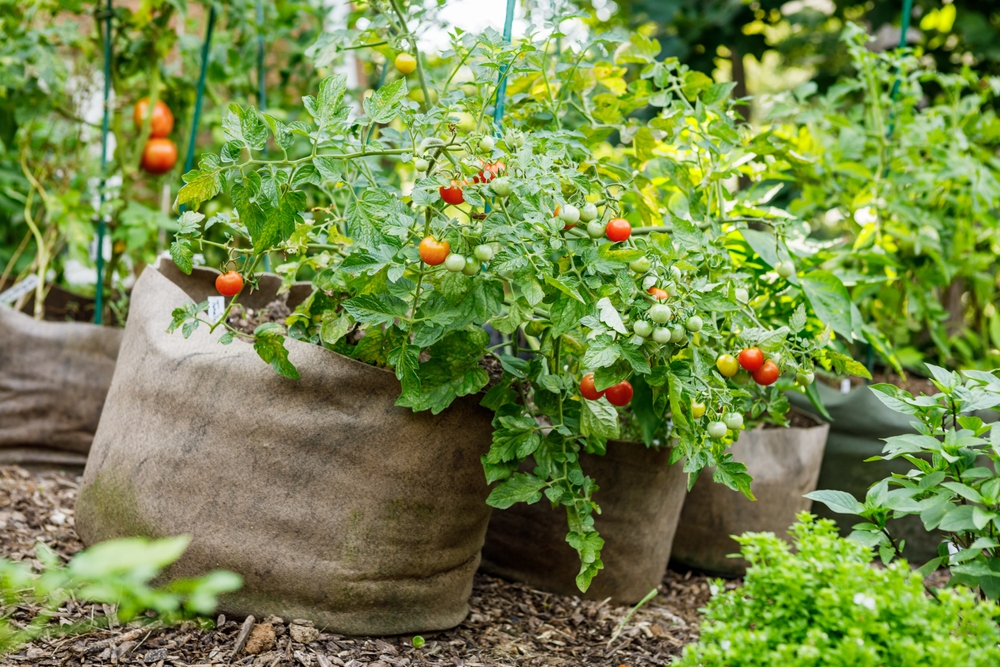
Tomatoes are rich in vitamin C, potassium, folate, and lycopene, an antioxidant linked to reduced risk of heart disease and certain cancers. Though technically a fruit, they are commonly used as a vegetable in culinary contexts.
Growing Tips
Tomatoes need a warm growing season and lots of sunlight. Choose a sunny spot and use nutrient-rich, well-drained soil. They can be grown from seeds or seedlings. Stake or cage the plants to support their growth. Water deeply and consistently, especially during dry periods. Fertilize every two to three weeks during the growing season. Harvest tomatoes when they are fully colored and slightly soft to the touch.
5. Garlic
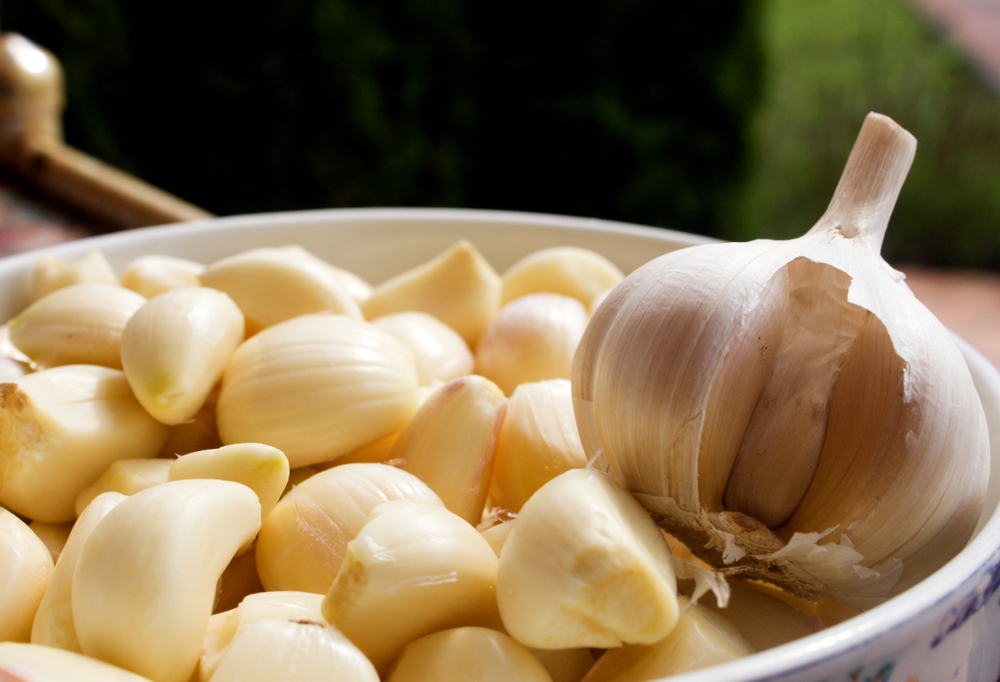
Garlic is known for its powerful medicinal properties, including its ability to support heart health, reduce blood pressure, and boost immunity. It contains allicin, a compound with potent anti-inflammatory and antimicrobial effects.
Growing Tips
Plant garlic in the fall, about four to six weeks before the first frost. Separate the cloves and plant them pointed side up, about two inches deep and six inches apart. Garlic prefers loose, well-drained soil and full sun. Keep the soil moist but not soggy. By early summer, when the leaves begin to yellow, the bulbs are ready to harvest. Dry them in a shaded, well-ventilated area for several weeks before storing.
Read More: 10 Gardening Mistakes That Are Ruining Your Plants
6. Bell Peppers
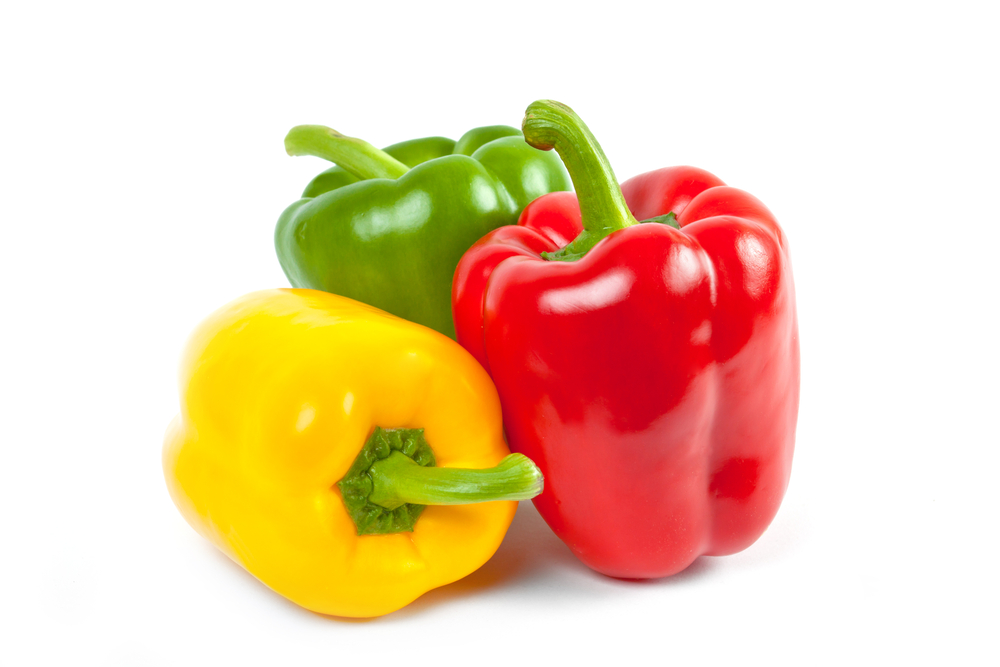
Bell peppers are loaded with vitamin C, particularly red peppers, which contain more than twice the daily requirement in a single cup. They also provide fiber, antioxidants, and several essential minerals.
Growing Tips
Bell peppers thrive in warm weather and require a long growing season. Start seeds indoors eight to ten weeks before the last frost date or buy seedlings. Transplant into a sunny garden bed with rich, well-drained soil. Space the plants 18 to 24 inches apart. Use mulch to retain moisture and deter weeds. Water regularly and feed with a balanced fertilizer. Pick peppers when they reach the desired color and firmness.
7. Broccoli

Broccoli is a cruciferous vegetable rich in fiber, vitamins C and K, and compounds such as sulforaphane that may have cancer-fighting properties. It also supports digestive and immune health.
Growing Tips
Broccoli prefers cooler temperatures, so it is ideal to plant in early spring or late summer. Choose a location with full sun and fertile, well-drained soil. Start with seeds indoors or buy young transplants. Space plants 18 inches apart. Keep the soil evenly moist and fertilize every three to four weeks. Harvest the central head before the florets start to flower, and side shoots will often continue to develop after the main head is cut.
Read More: The WWII Gardening Hack That’s Cutting Grocery Bills Today
8. Zucchini
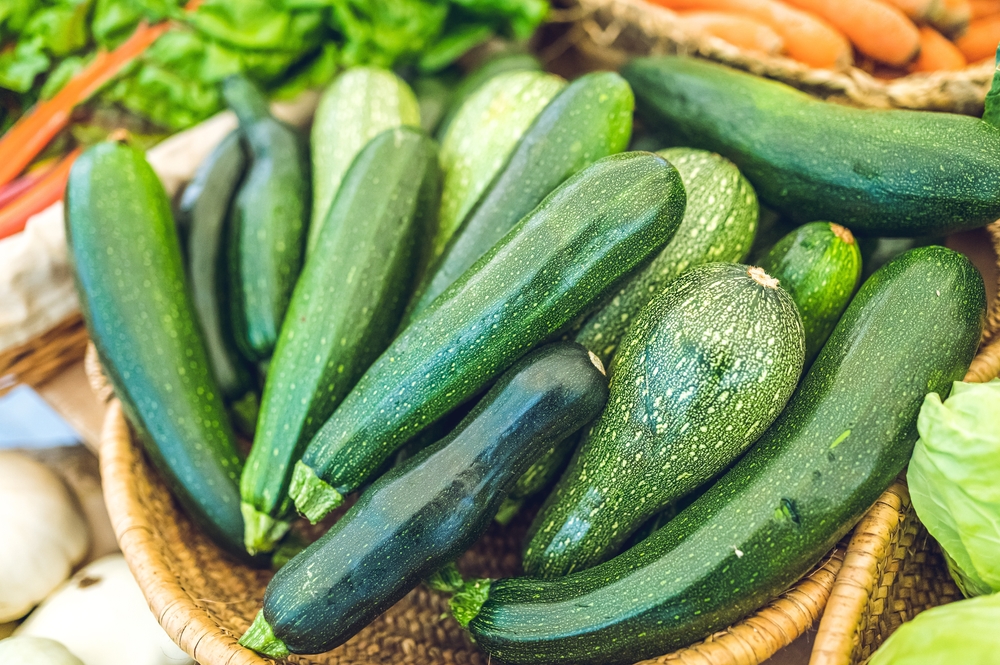
Zucchini is a low-calorie vegetable high in vitamin C, potassium, and antioxidants. Its high water content and fiber support digestion and hydration, while its antioxidants may benefit heart and eye health.
Growing Tips
Zucchini grows best in warm weather and fertile, well-drained soil. Sow seeds directly into the ground after the last frost date, or start indoors. Space plants about 24 inches apart. Water regularly, especially during flowering and fruiting. Mulching helps retain moisture and prevent weeds. Zucchini grows quickly and can be harvested when about six to eight inches long for the best flavor and texture. Check plants daily, as fruits can grow large almost overnight.
Final Thoughts
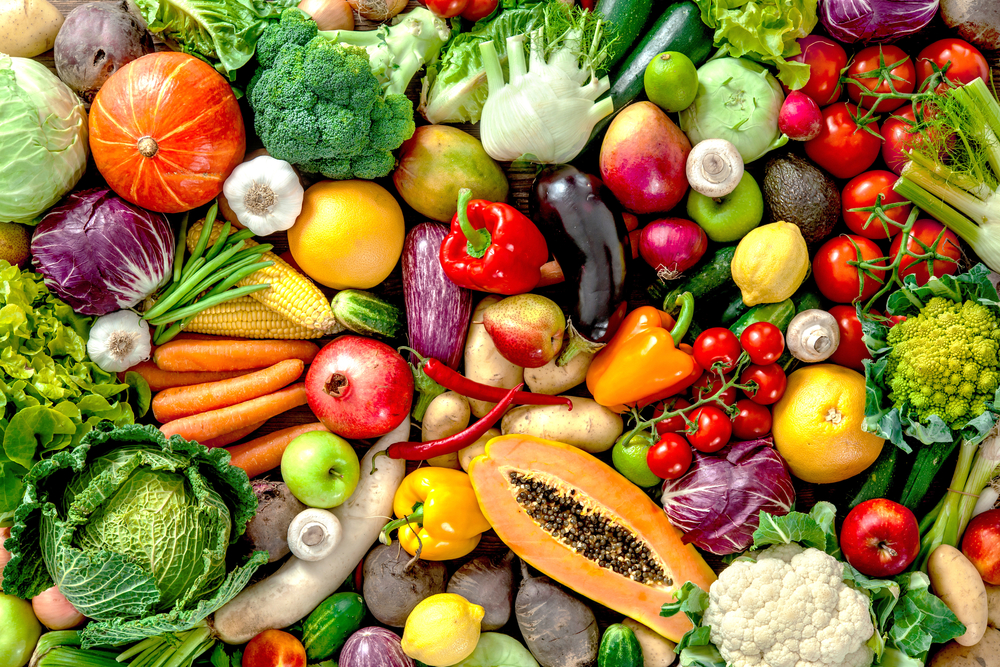
Growing your own vegetables is not only a way to save money and enjoy fresh produce, but also an excellent step toward better health. These eight vegetables offer some of the most powerful nutritional benefits and can be grown with ease in most home gardens. Whether you have a spacious backyard or just a few pots on a balcony, starting a vegetable garden is an accessible and rewarding endeavor. With the right care and conditions, you can enjoy a continuous supply of healthy, delicious vegetables all season long.
By selecting nutrient-rich veggies like spinach, carrots, kale, tomatoes, garlic, bell peppers, broccoli, and zucchini, you are investing in both your garden and your well-being. Gardening encourages physical activity, reduces stress, and puts you in direct control of the food you eat. Begin with a few varieties, follow the simple tips above, and discover the joy and benefits of growing your own food.
Disclaimer: This article was created with AI assistance and edited by a human for accuracy and clarity.
Disclaimer: This information is not intended to be a substitute for professional medical advice, diagnosis or treatment and is for information only. Always seek the advice of your physician or another qualified health provider with any questions about your medical condition and/or current medication. Do not disregard professional medical advice or delay seeking advice or treatment because of something you have read here.
